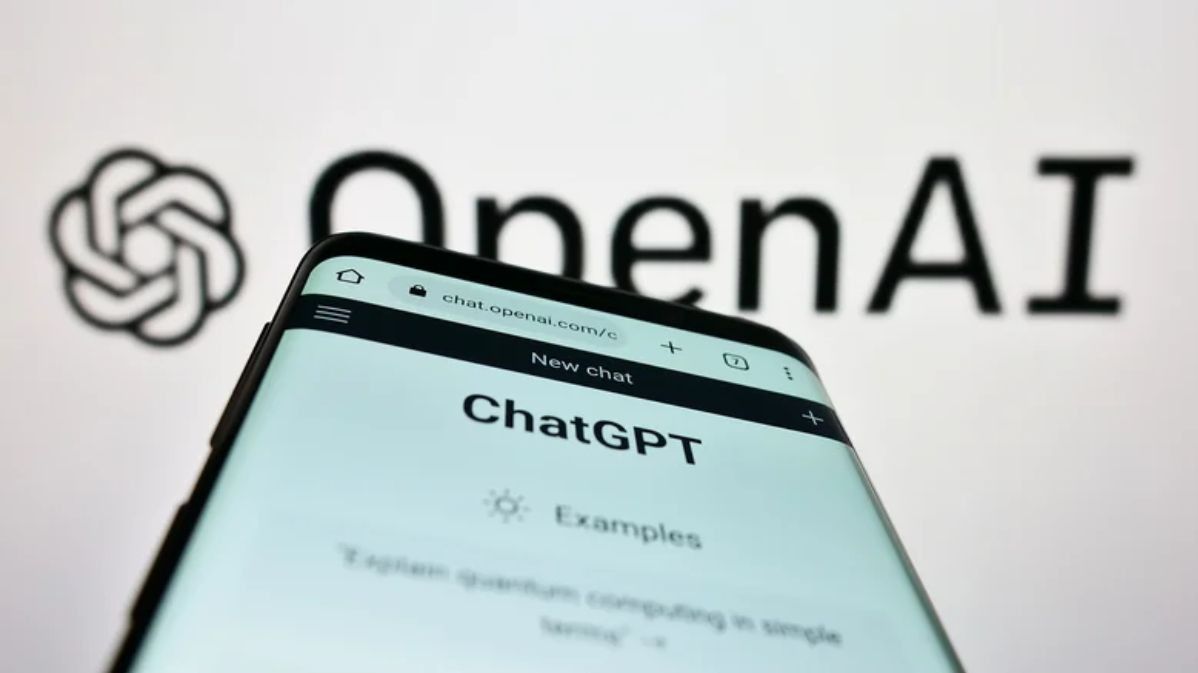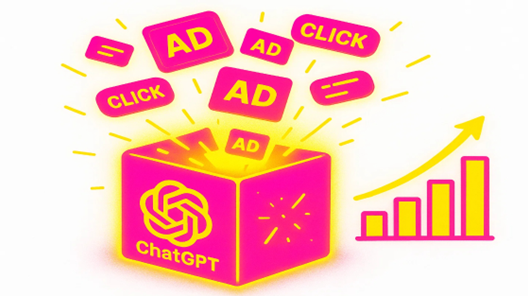ChatGPT wasn’t supposed to be part of the weekend. The founder had a rough sketch, two days free, and no budget for developers. Still, using ChatGPT as a Prompt Generator and leaning on a few well-placed Software tricks, he shipped an MVP in 48 hours and onboarded 23 paying beta users. It wasn’t luck. It was precision with Language Models, treating Artificial Intelligence as a partner in focus, not as a buzzword.
How ChatGPT Took Over the Whiteboard
The founder had tried before: sticky notes, Figma boards, half-baked sprints. All collapsed under the same weight — no clear spec. ChatGPT flipped that. By writing structured prompts, the founder got back product briefs, API sketches, and even Notion-ready task tables.
Prompt example:
Context: Early-stage SaaS founder with one weekend to build MVP.
Task: Generate a feature backlog with clear priority labels.
Constraints: ≤12 features, label as Must/Should/Could, exclude vague wording.
Output: Table: Feature | Priority | Effort (hrs) | Owner (if solo).
The output became the working backlog. Instead of bouncing between tools, he had a concrete map.
ChatGPT Prompts That Accelerated Coding
Once features were locked, the next hurdle was code scaffolding. ChatGPT generated starter files in minutes. No copy-pasted boilerplate, but clear modules the founder could drop into his editor.
Prompt example:
Context: Solo founder, Python + FastAPI stack.
Task: Scaffold endpoints for user signup/login and CRUD for “Projects”.
Constraints: Only FastAPI, SQLAlchemy; exclude extra auth libraries.
Output: Folder tree with Python files, each with function stubs and docstrings.
This structure was faster than pulling GitHub boilerplate. Two hours saved, just by cutting “where do I start?” time.
ChatGPT as a Copy Desk for Onboarding
The product wouldn’t sell if users couldn’t understand it. The founder used the Prompt Generator again — this time for emails and onboarding tooltips.
Prompt example:
Context: SaaS for small agencies, $29/mo starter plan.
Task: Write onboarding email sequence (3 messages).
Constraints: Conversational tone, <120 words each, no “revolutionize” or AI clichés.
Output: Table: Day | Subject | Email body.
Emails were loaded into the tool within an hour. Click-throughs from the first batch: 46%.
Numbers That Actually Matter
Before ChatGPT: six weeks estimated dev time, $5–10k in freelance costs, nothing validated.
After ChatGPT: 48 hours, <$100 infra spend, 23 beta users paid $29 each. $667 MRR from a weekend sprint.
Old vs New Table
Metric | Old Approach | With ChatGPT Prompt Generator |
Speed | 6 weeks | 48 hours |
Errors | Frequent, unclear | Reduced via structured prompts |
Cost | $5–10k dev budget | <$100 infra |
Stress | Constant blockers | Clear next steps each hour |
Validation | None | 23 paying beta users |
Chatronix: The Multi-Model Shortcut
Halfway through, the founder hit another wall: comparison. Was ChatGPT’s backlog better than what Claude or Gemini would suggest? Jumping tabs was messy. That’s where Chatronix came in.
He loaded the same prompt into Chatronix — and in one chat, saw outputs from ChatGPT, Claude, Gemini, Grok, Perplexity AI, and DeepSeek. Ten free runs were enough to stress-test every assumption.
Features that overlapped across models went straight into the build. Outliers were parked. Turbo Mode fused six answers into One Perfect Answer, which cut rewriting time in half.
The kicker: Prompt Library. Instead of retyping, the founder saved working prompts, tagged them “MVP Build,” and relaunched them in a click. Favorites kept the backlog prompts and onboarding copy close at hand.
👉Try it the same way here: Chatronix
Full Prompt for MVP Launch Plan
Here’s the exact prompt a professional prompt engineer would hand to a founder sprinting through a weekend build.
Context: Solo SaaS founder, 48 hours to deliver MVP for early beta users.
Inputs/Artifacts: Idea summary (2 sentences), target persona (1 sentence), tech stack (list).
Role: Act as senior product manager + tech lead.
Task: Build a 48-hour launch plan with feature backlog, coding milestones, test scripts, and user onboarding touchpoints.
Constraints: Limit features to ≤12; time blocks ≤6 hours; keep language clear and task-focused; exclude clichés; assume no external team.
Style/Voice: Structured, terse, actionable. No fluff.
Output schema: Table with columns — Hour Block | Task | Deliverable | Tool/Framework | Acceptance Criteria.
Acceptance criteria: Each deliverable must be testable (e.g., “Signup endpoint runs in Postman,” “Onboarding email renders correctly in Gmail”).
Post-process: Generate checklist for founder to mark progress; flag any task running over 6 hours.
This prompt doesn’t generate vague “ideas.” It produces a minute-by-minute plan founders can execute.
Steal this chatgpt cheatsheet for free😍
— Mohini Goyal (@Mohiniuni) August 27, 2025
It’s time to grow with FREE stuff! pic.twitter.com/GfcRNryF7u
Why This Works
It wasn’t “AI magic.” It was discipline through prompts. ChatGPT became the co-founder, but only because the founder asked it like a professional — context, constraints, output schema.
In two days, the MVP went live. Paid users joined. Proof landed. For a founder, that’s not hype. That’s survival.












